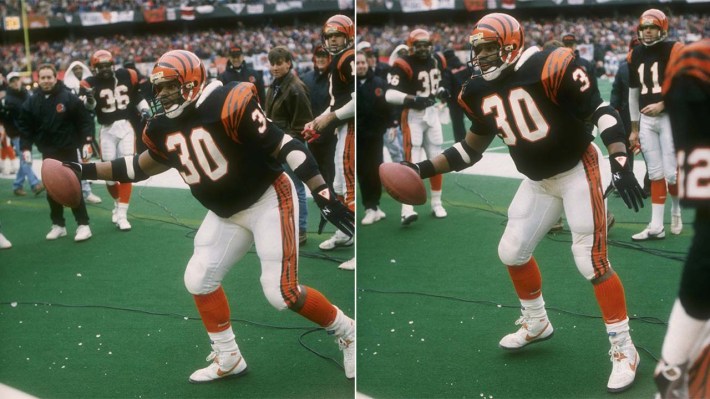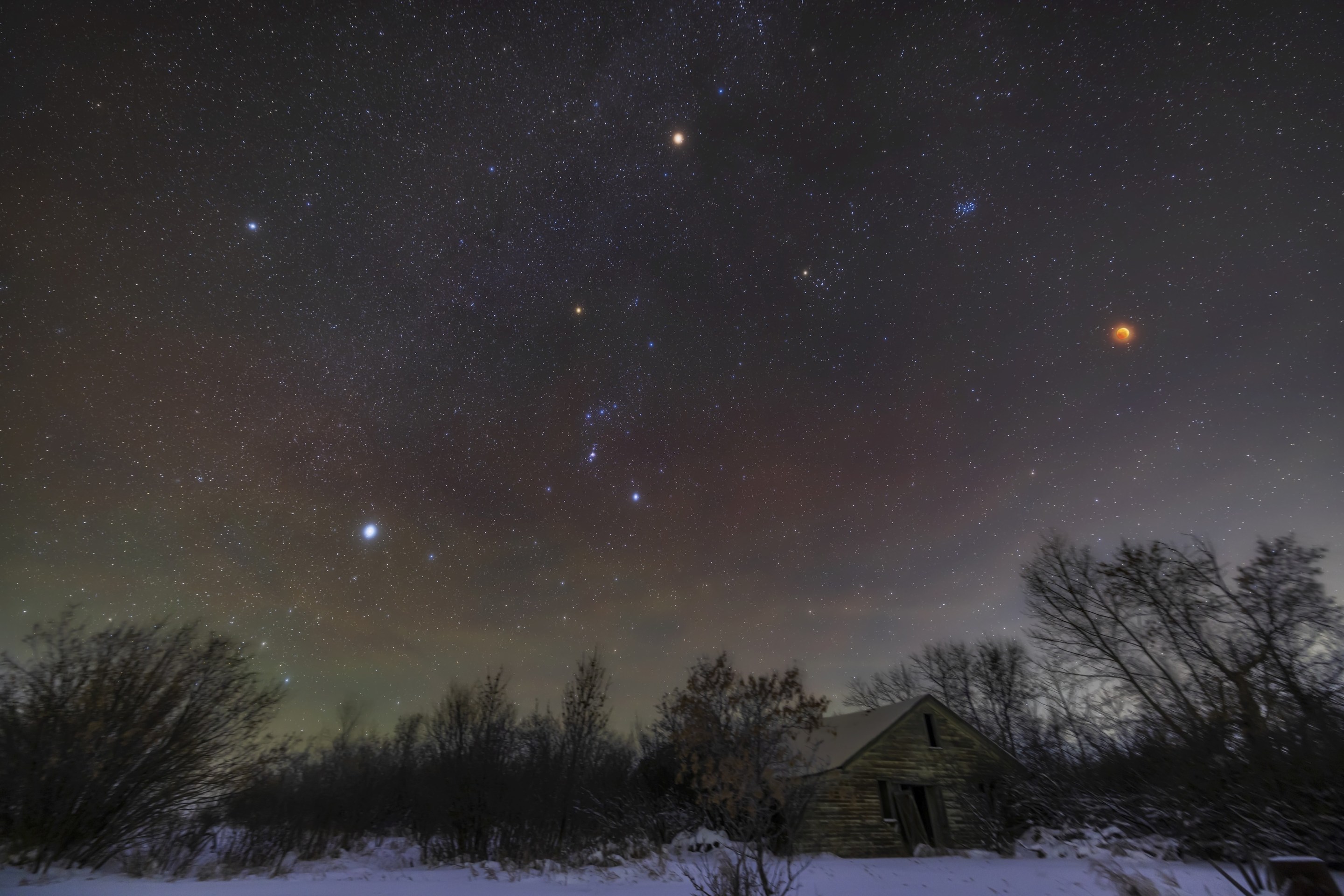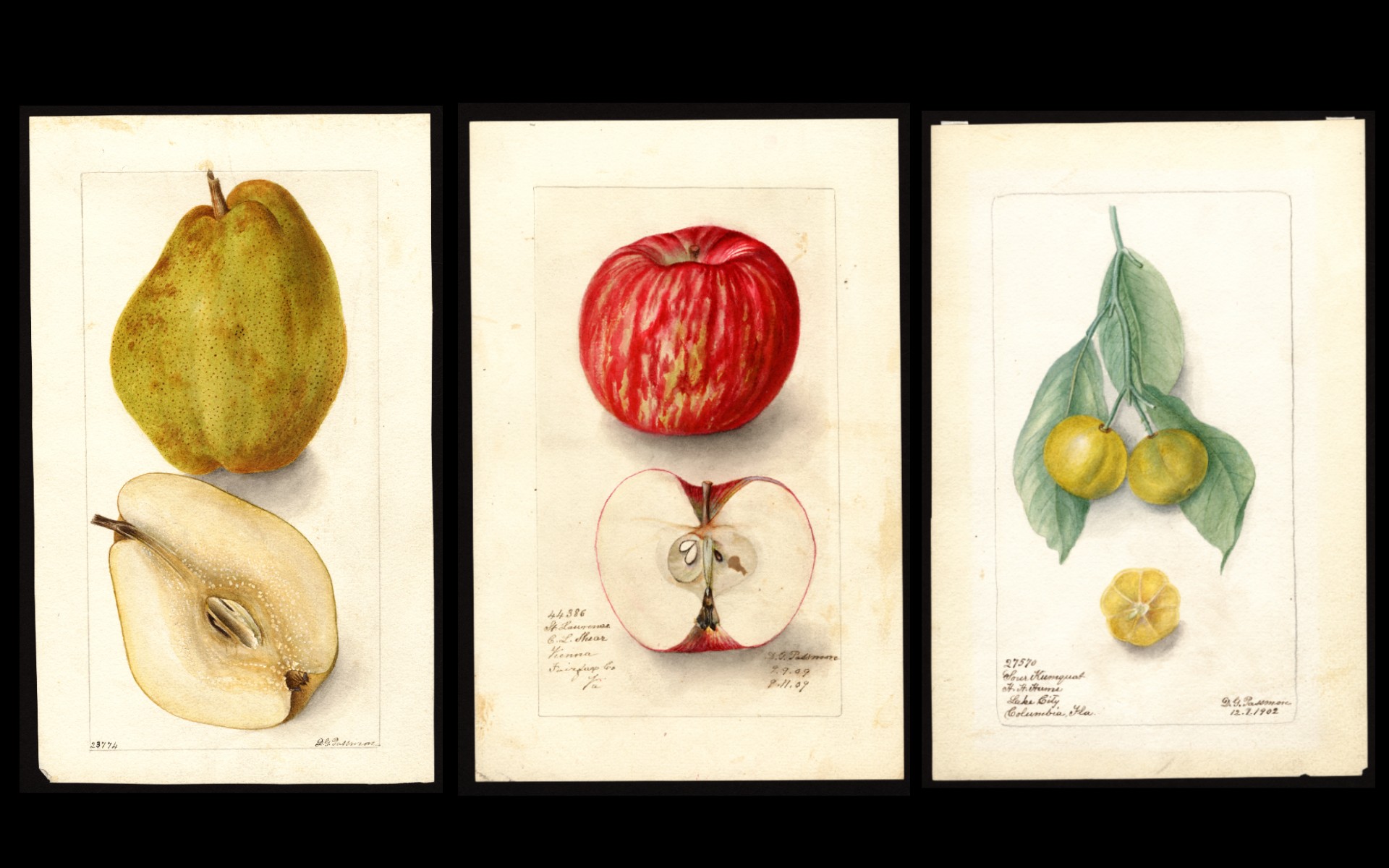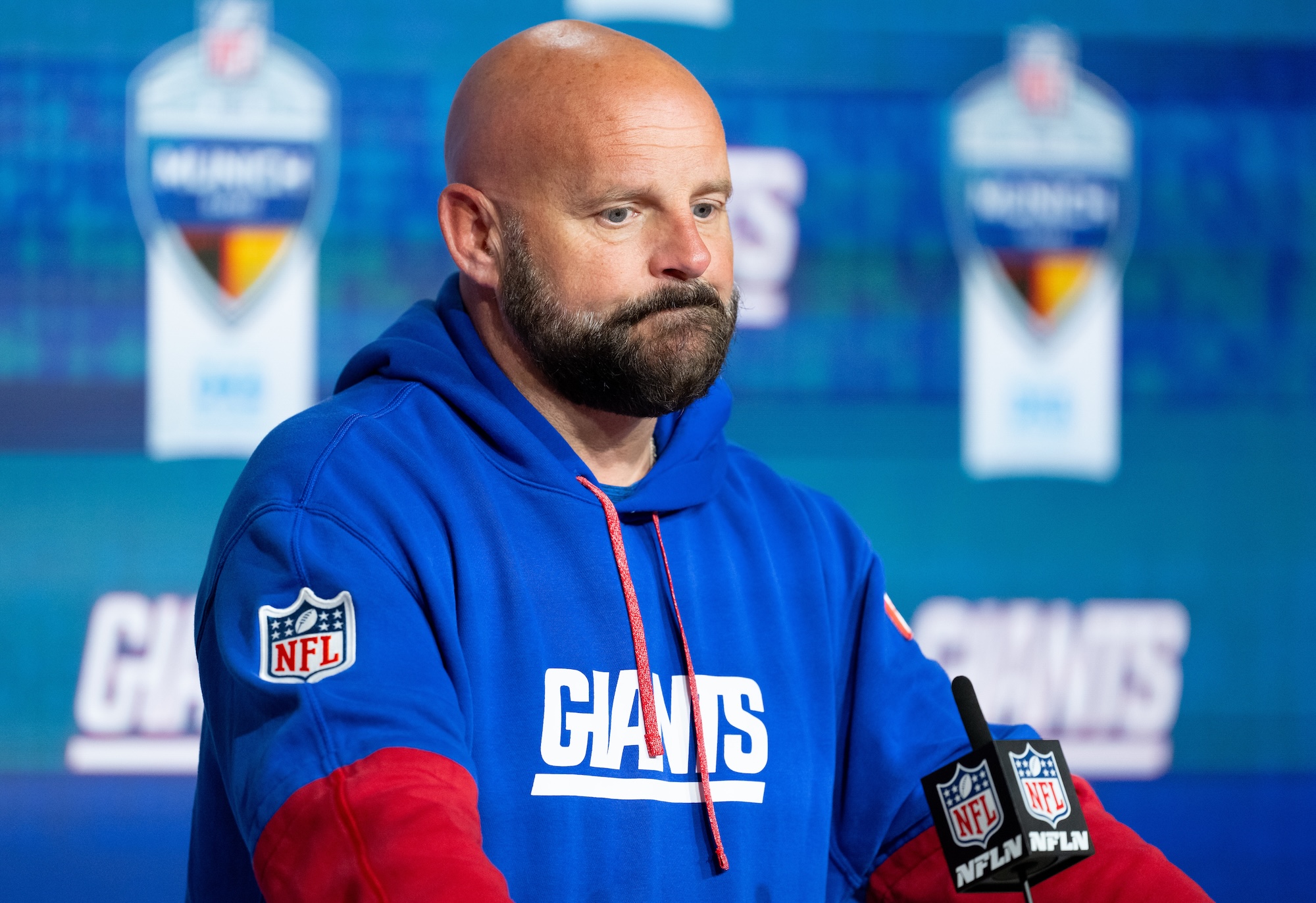When the clock hit zero after the Cincinnati Bengals won the AFC Championship on Sunday, a beloved figure from the franchise's less-than-glorious past was on the field to greet Joe Burrow. It was Ickey Woods, shuffling over to Burrow to give him a hug on the field. Burrow even did a little bit of a dance afterward, which is what people have done in response to seeing Ickey Woods more or less since Ickey Woods started doing a little dance after scoring touchdowns. With the Bengals in the Super Bowl, fans in Cincinnati will likely be shuffling once again over the next two weeks. It’s a shame that the dance goes left and right and is a little harder to fit into TikTok format. Maybe there’s still time to develop a version that’s optimized for portrait mode.
Elbert “Ickey” Woods—his brother couldn’t say his name as a kid and pronounced it “E.E.,” which his mom eventually made “Ickey”— was taken by the Cincinnati Bengals out of UNLV in the second round of the 1988 NFL Draft. Cincinnati’s 1987 season had been a disappointment; QB Boomer Esiason feuded with Sam Wyche—the coach called Esiason “immature” for sitting in the front of the bus, a story I refuse to investigate any further—and the Bengals went 4-11 in the strike-shortened season. But Woods’s arrival helped usher in one of the greatest seasons in Cincinnati history, a 12-4 campaign that ended with what was, until this year, the organization's last AFC title.
Woods had an incredible rookie season. He rushed for 1,066 yards, a 5.3 YPC average, and scored 15 touchdowns. He was even better in the playoffs, rushing for 307 yards and three scores in the three games the Bengals played. (They lost to the 49ers in the Super Bowl, 20-16, on a late Joe Montana–to–John Taylor touchdown pass.) But the media crowded around Woods at Super Bowl media day not because of his success but because of his dance: The Ickey Shuffle.
It started in Week 4. Woods scored the first two touchdowns of his career in a 24-17 win over the Browns. Recounting the game years later to ESPN, Woods said his mother was in attendance that day. He said if he scored a touchdown, he’d do a little dance. The proto–Ickey Shuffle went horribly. “Woods, what was that?” teammate Rickey Dixon asked. “Man, that thing was wack.”
As Woods worked on his dance, his game got even better. His breakout game was in Week 6 when the Bengals beat the Jets, 36-19, to improve to 6-0. People were excited. “Bengalmania might as well be Beatlemania,” The Cincinnati Enquirer’s Timothy W. Smith wrote. With other running backs hurt, Woods got 30 carries that day. He ran for 139 yards and two touchdowns—his fourth and fifth scores of the season. Bengals players were impressed. “Hey,” the future Hall of Fame tackle Anthony Munoz said postgame, “there were times when they tried to tackle Ickey and it looked like they were going to get him for a two- or three-yard loss and he ran right through them. There are holes, but there are no holes that big in the NFL.” Per the Enquirer, Woods won WKRC radio’s “Star of the Game” prize and received a t-shirt with a Superman logo on it. He put it on postgame. The NFL was different then.
He was a dancing star, too. His Ickey Shuffle celebration dance made headlines after his big game. Gannett News Service called it “stiff-legged.” He did his better version that day, with help from a previous critic: “Today, I figure [my mom] was watching on television, so Rickey Dixon and I added a new glitch to it before the game.” The dance was now complete: Three bounces to the left with the ball in the right hand, three bounces to the right with the ball in the left hand, a spike of the football, then some twirling while swiveling his hips. (“He may repeat steps one and two with only two bounces,” the Associated Press helpfully reported.)
His teammates had some fun with it. “Ickey is part of the hip-hop generation,” linebacker Reggie Williams said. “In my capacity as a public servant, I have to get in touch with this generation, so I’m learning its vocabulary and nuances.” Munoz said he’d fall over if he tried the dance. Woods only did the dance once that game, as he was “too tired” after his second touchdown.
No matter. Woods, and the Ickey Shuffle, were a hit. He explained it as such: “It’s just something I made up. I don't know where it came from. It’s an original dance. I do it only after the first touchdown.” Sometimes he did it after the second touchdown, too. He got a long, 1980s-style profile in the Enquirer headlined “Ickey Woods: Long way from ghetto, gang fights.” There was even an Associated Press story detailing the inspiring story of conservative Cincinnati embracing a man with a ponytail. By the end of November, Paul Brown was doing the Ickey Shuffle before a game against the Bills. “Just before the game, the head man came over and told me I could do my dance if I scored a touchdown,” Woods said. “He even did the step himself. He said, ‘Let me show you how to do it.’ It was great. He did it better than I did.”
Woods needed permission to do the Ickey Shuffle because, as it was with all fun things in football around that time, the NFL was Cracking Down. Earlier in the month, commissioner Pete Rozelle issued a memo reminding teams not to taunt. Though it was reportedly inspired by the Seahawks’ Ron Mattes chop-blocking Bruce Smith in retaliation for a sack dance, the memo meant a shutdown of the Ickey Shuffle, too. Wyche told Woods not to do it before a November game against Dallas, and Woods obliged. The next week, Brown and Wyche gave Woods the go-ahead to resume the dance.
And he got flagged for it! Woods scored three times on the day, and did the dance after the first two scores. He got a five-yard penalty for excessive demonstration after the second one. “It’s a bonehead rule,” Wyche said after the game. “It’s just something to turn on the crowd, and this is a game for the fans. After the play, the official came over to me and apologized for throwing the flag. He said it was a crazy rule and should be taken out. It was the only thing we agreed on all day.”
The Ickey Shuffle then moved to the sidelines. “I told him we’ll fan out and give you the stage,” Wyche said, “and you do the Ickey Shuffle right there on the sidelines.” The Bengals clinched homefield advantage throughout the playoffs in the final week of the season, and Woods got several chances to dance in front of the Riverfront Stadium crowd in the playoffs. He rushed for 126 yards and a score in the Bengals’ 21-13 win over Seattle in the divisional round, then ran for 102 yards and two touchdowns in the Bengals’ 21-10 win over Buffalo in the AFC title game.

With the Bengals in the Super Bowl, the Ickey Shuffle became national news. There was a “Locomotion” parody with lyrics about the Shuffle. “In offices, restaurants and on city sidewalks, Bengals fans spontaneously break into the Ickey as a non-verbal greeting to each other,” Palm Beach Post sports editor Dan Moffett wrote. “It’s been a fascination of the whole country,” Wyche said. “We drove by a filling station in our bus and people ran out of the filling station and started the Ickey Shuffle.” By this time, the Shuffle had a whole routine. After Ickey spiked the ball, Bengals defensive backs—who called themselves the “S.W.A.T. Team”— would gather around him to twirl and chant “Woo! Woo! Woo!” That led to this exchange at a media day before the Super Bowl:
Reporter: “Where did the ‘Woo-woo-woo’ come from?"
Ickey: “The woo-woo-woo?”
Reporter: “The woo-woo-woo.”
Ickey: “It was improvised.”
Multiple newspapers printed instructions for the dance. It was a hit! Woods ran for 79 yards in the Super Bowl, but didn’t score. There would be no Ickey Shuffle at the Super Bowl. In the offseason, the NFL seemed to crack down on the celebration. In August, the NFL told Bengals officials the Ickey Shuffle had been banned as part of a new rule against celebrations. The next week the NFL reversed course: Celebrations along the sideline were not considered “on field” and, as such, would be allowed. Ickey could continue shuffling. “I figured now the NFL has elected themselves the Supreme Court and taken out freedom of speech and expression,” said Esiason. “But then they must have researched the Bill of Rights.”
Woods wouldn’t get to shuffle too much longer, though. This was less because of the NFL than because of how football works, and what it does to the bodies of the people playing it. Woods tore his ACL in Week 2 of the 1989 season. He was never the same, and was out of the league after suffering another knee injury during the 1991 season. His last game was the Bengals’ 20-10 playoff loss to the Raiders in 1991 (the Bo Jackson injury game). He played just four NFL seasons, scoring eight more TDs after his rookie year. But despite being mostly a one-year wonder, Woods will always been remembered. It’s good to have a little dance after a touchdown. This one just happened to be memorable enough to survive a generation of mostly miserable football and come out the other side as lovable as ever.





